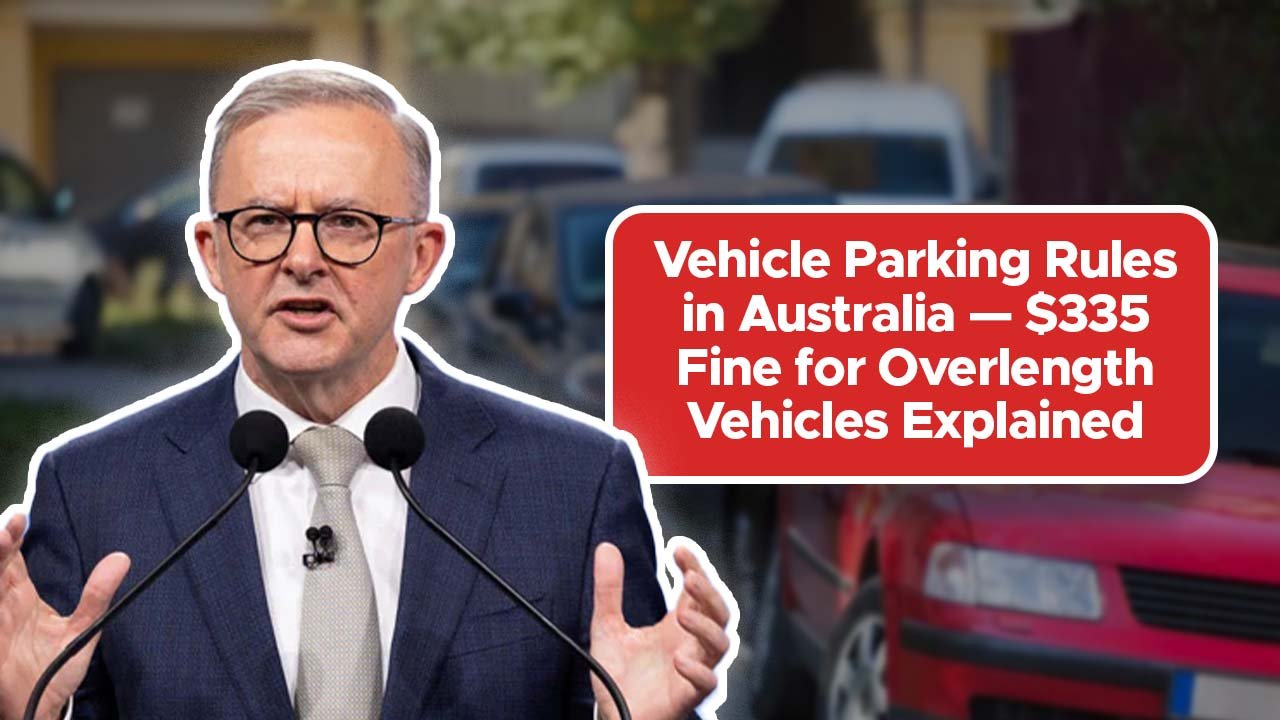In Australia, there’s a $335 charge for parking large vehicles in areas that are not designated for them. The main goal of this charge is to ensure safety and keep roads accessible. The following text goes into more detail about the charge, how it is enforced, and ways to legally avoid the charge.
Explanation of the Rules for Over-Length Vehicles
In Australia, each state has its own parking and driving laws and regulations which means that, in each state, the laws for over length vehicles may differ. In Australia, most states see vehicles over either 7.5 or 8 meters as over length. If the combination of the load and the vehicle is over that length, it is still classified as over length. In which case the vehicle must not be parked in public places and residential roads unless a local law or a sign indicates otherwise.
Why Are Over-Length Vehicles Restrictions in Place?
There are a number of reasons for these regulations. The first is the safety of all of the road users. The second is to ensure that emergency vehicles can get to any road and for road congestion to be reduced. Large vehicles can damage and obstruct footpaths. If large vehicles are parked on narrow streets or busy streets, they can block sightlines and pathways.
Consequences of Non-Compliance
Local traffic officers have the authority to impose fines of $335 in relation to the overlength vehicle policy which, in the case of overlength vehicles parked in a restricted area, is a local council policy or state policy. The purpose of this penalty is to dissuade illegal parking by overlength vehicles.
What is an overlength vehicle?
An overlength vehicle is usually defined as a vehicle or a vehicle combination of a total of 7.5 or 8 metres in length, with load included. This situation is most likely to happen with trucks, buses, motor homes and vehicles towing a trailer. For the specific area, local council websites or signs will provide information about the overlength thresholds.
When possible it is advisable to avoid fines
To avoid fines, drivers of large vehicles should have a good look at the parking restrictions and the local council policies. In some cases overlength vehicles may be parked in commercial lots or designated areas for short periods, however for extended periods it is advisable to use the council vehicle parking facilities or private facilities that will take large vehicles.
What to do when fines are issued
If a motorist feels that the ticket was issued for an unlawful reason, they may contest it with the proof of documentation that may include unclear signs or that the situation was in fact permitted. For heavy vehicles, it will include the signed work diary, which is a permitted optical evidence, as well as the medical certificates and exemption evidence in case of written contestation.
Very Short Data Table
| Regulation Aspect | Key Data |
|---|---|
| Fine Amount | $335 |
| Overlength Defined | >7.5–8 metres |
| Common Vehicle Types | Trucks, buses, RVs |
Pavement Stakeout
Most councils will offer information on where oversized vehicles can park. Most drivers can avoid fines by planning. This can be done by looking at council websites or by calling the office.
Frequently Asked Questions
What is classified as an overlength vehicle?
Overlength is classified as any vehicle or combination including loads over 7.5-8 meters.
If overlength vehicles park for very short periods on residential streets including during the night, is that allowed?
Overlength vehicles can park on residential streets for the purposes of loading or unloading. Outside of that, the vehicle can be fined.
Are there specific exemptions for certain vehicle types?
Only emergency vehicles have specific exemptions. Always check with your council.


